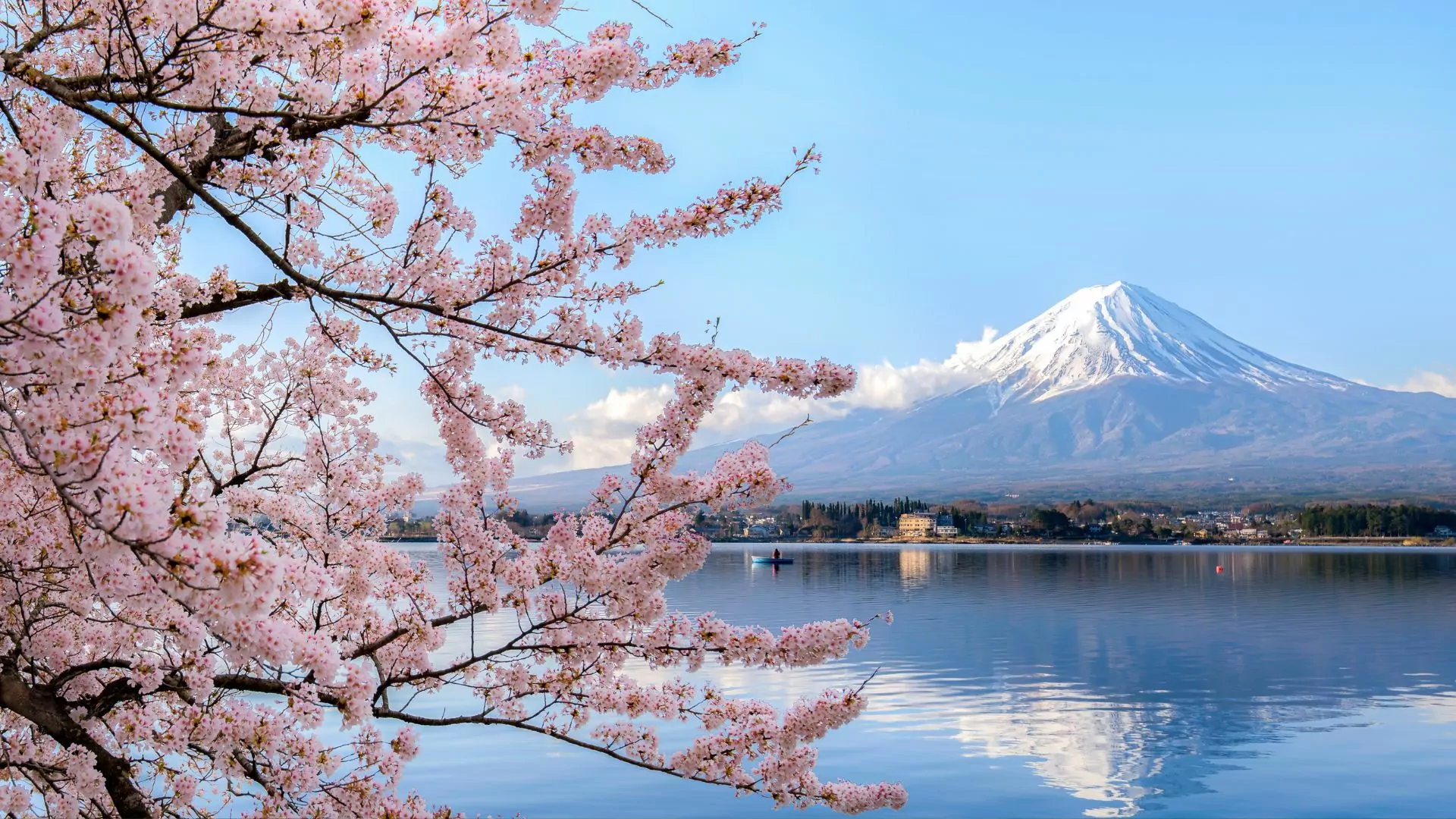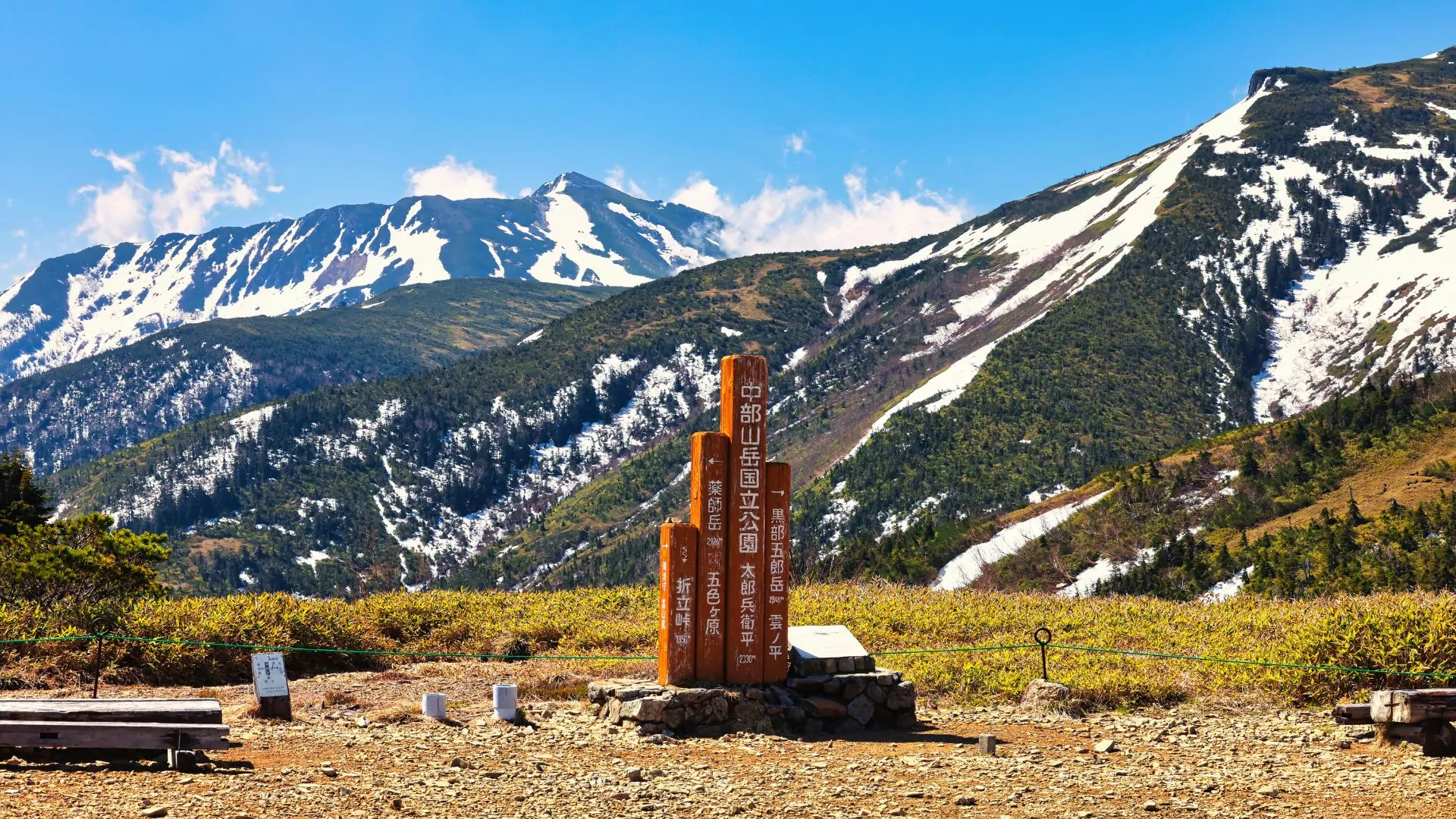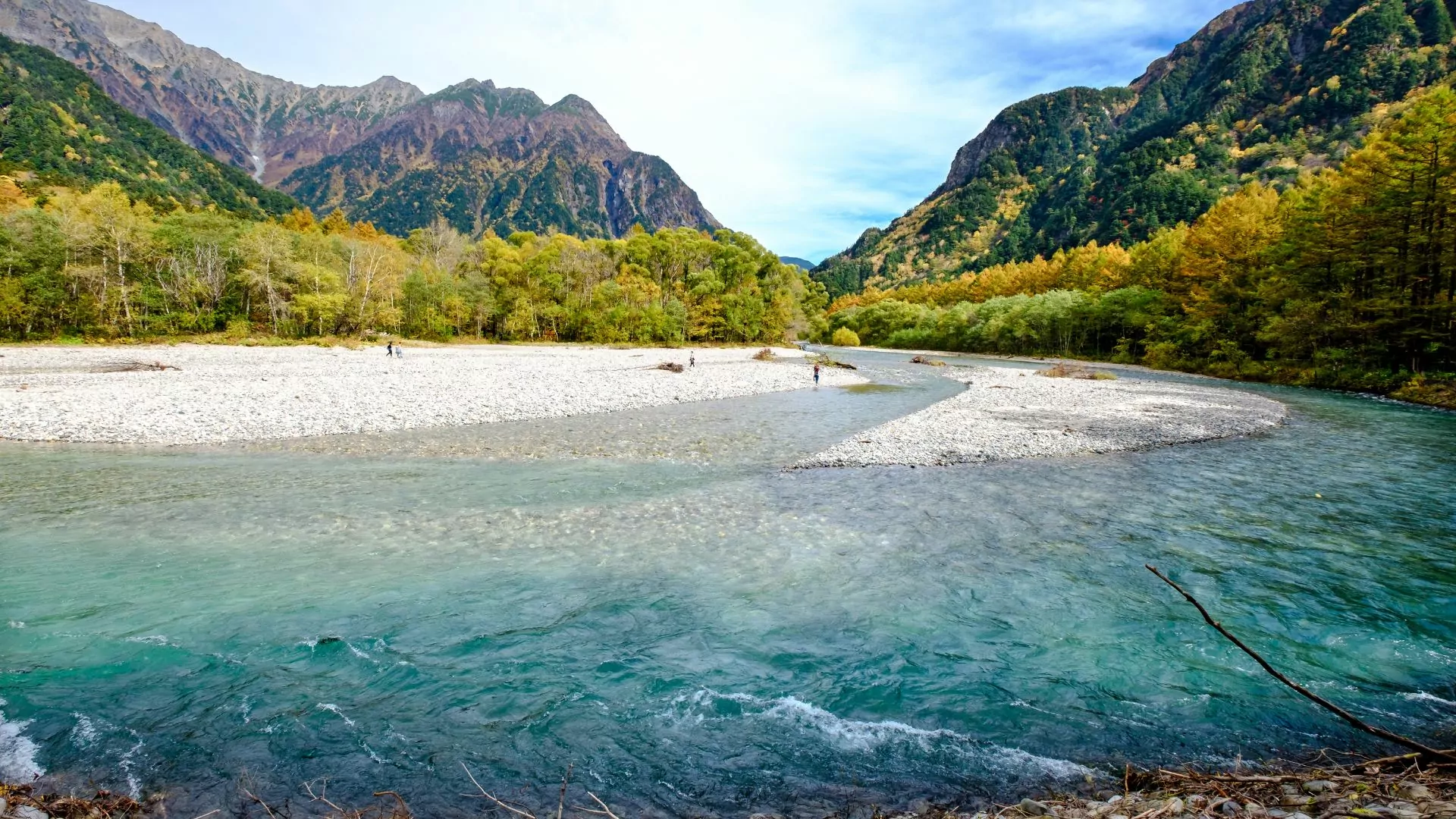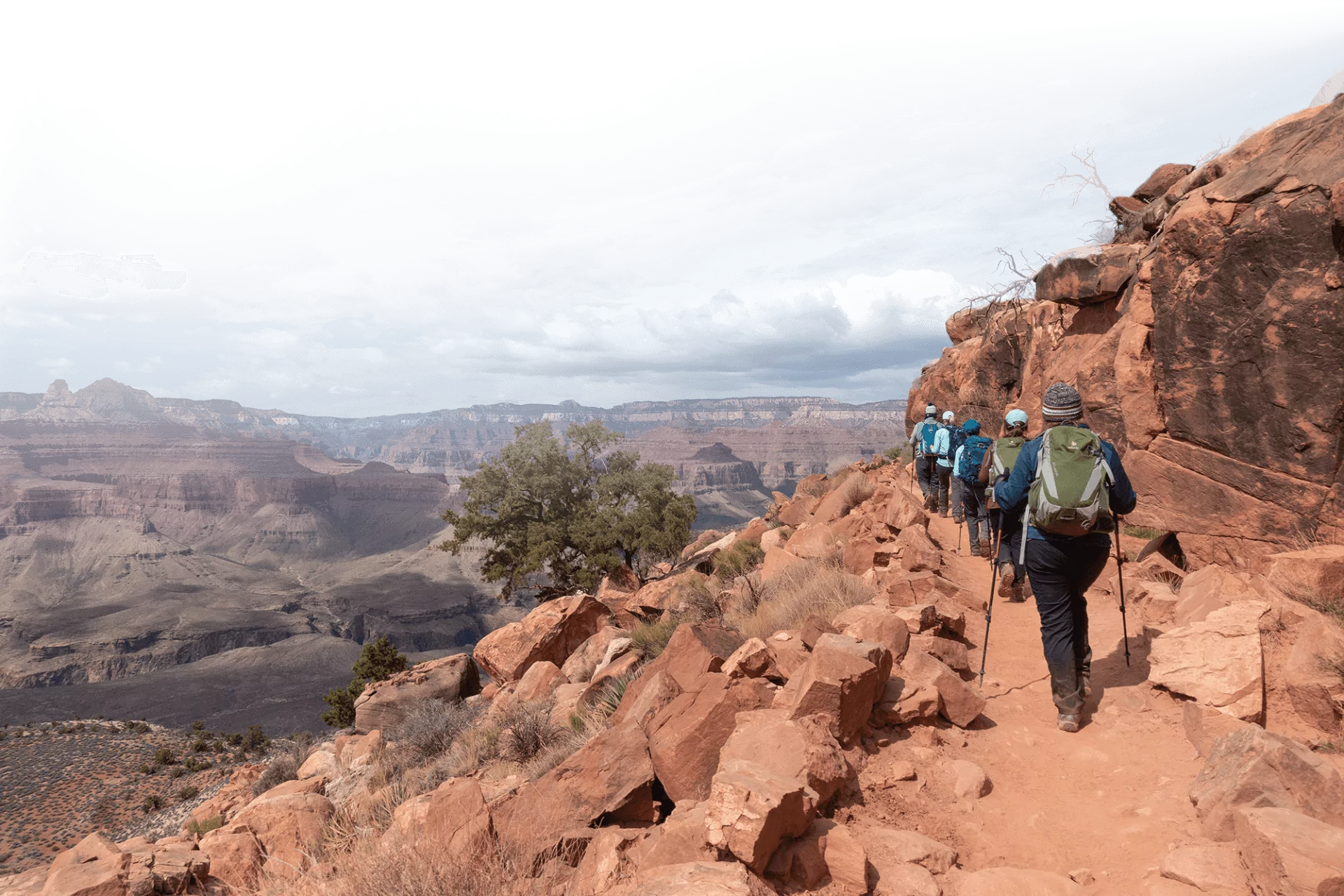Hiking in Japan

When most people think of Japan, the image that often comes to mind is one of bustling, high-tech cities, neon lights, onsens, and a deep reverence for traditional culture. But beyond the skyscrapers and Shinto shrines lies a side of Japan unfamiliar to many: its breathtaking landscapes dominated by mountains, volcanoes, and serene forests. With over 70% of the country’s land covered in mountains, Japan is a paradise for hikers, offering trails that weave through lush valleys, rugged peaks, and spiritual pilgrimage routes. Hiking in Japan isn’t just an outdoor activity; it’s a journey into the heart of the nation’s culture and its profound connection to nature.
A Country of Mountains and Volcanoes
Japan is part of the Circum-Pacific “Ring of Fire,” a geologically active region that has blessed the country with dramatic mountain ranges including over 200 volcanoes, 60 of which remain active. The Japan Alps, which run down the spine of Honshu (the country’s largest island), boasts peaks soaring over 3,000 meters. Earthquakes and volcanic eruptions have shaped the land, creating some of the most striking landscapes in the world and some of the best hiking in Japan.
This natural beauty has deeply influenced Japanese culture. In the ancient Shinto religion, natural features like mountains, waterfalls, and forests are believed to contain spirits called “kami.” This reverence for nature has inspired countless pilgrimage routes and traditions, which are still celebrated today. Words like “komorebi” (the dappled light filtering through trees) and “kawaakari” (the glow of a river at dusk) capture the nation’s poetic connection to the natural world. Hiking in Japan feels like stepping into a landscape that feels both sacred and alive.
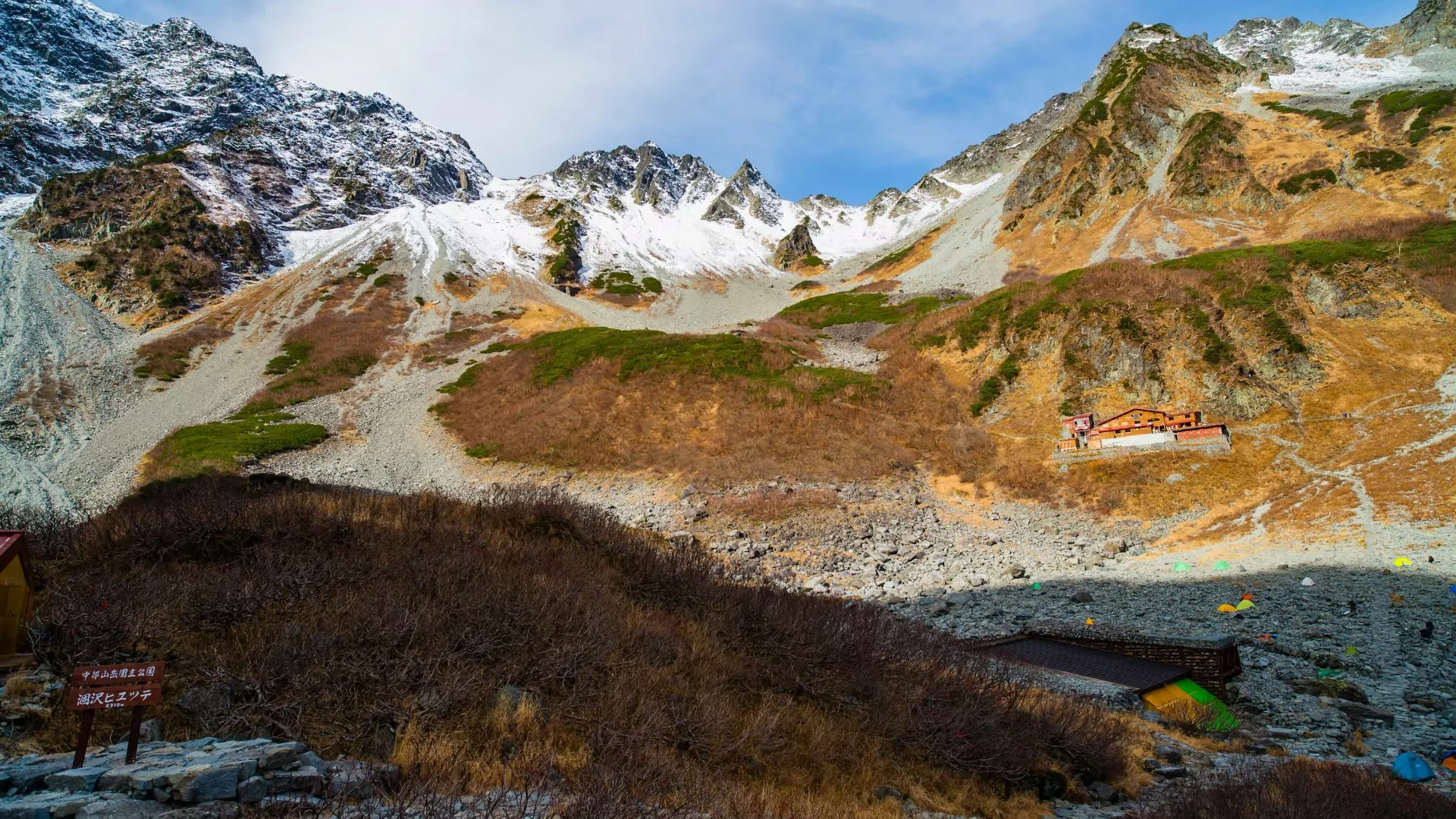
The Best Hiking in Japan
Follow along for some of the most iconic and inspired hikes in Japan. It will quickly become clear why the country’s diverse landscapes and cultural heritage make hiking in Japan a worthy addition to any bucket list.
Hakuba Valley
- Location: Nagano Prefecture, Japanese Alps
- Difficulty: Moderate to challenging
- Highlights: Towering peaks, alpine meadows, and scenic ridges
Nestled in the heart of the Japanese Alps, Hakuba Valley is a premier hiking destination that offers trails for all levels of adventurers. During the summer months, the valley transforms into a lush wonderland of wildflowers and clear skies. The most famous route is the Happo-One Ridge Trail, which takes hikers along a stunning ridge with panoramic views of the surrounding peaks. As you ascend, the landscape shifts from verdant forests to rocky alpine terrain, and on a clear day, the sight of Mount Shirouma (9,619 feet) is unforgettable. In the fall, the valley’s slopes blaze with autumn foliage, making it one of the best spots for koyo (fall leaf peeping).
Kurobe-Tateyama Alpine Route
- Location: Northern Japanese Alps
- Difficulty: Easy to moderate
- Highlights: Dramatic alpine scenery, geothermal activity, and cultural landmarks
Known as the “Roof of Japan,” the Kurobe-Tateyama Alpine Route is a one-of-a-kind experience that combines hiking with various modes of transportation, including cable cars and ropeways. The route traverses 23 miles of jaw-dropping landscapes, connecting Tateyama to Omachi. Along the way, visitors can marvel at the Murodo Plateau, a geothermal wonderland rising to 8,038 feet, with steaming vents and sulfuric springs. Don’t miss the Kurobe Dam, Japan’s tallest dam, where visitors can walk out on the rim for panoramic views of the turquoise reservoir and cascading waterfalls.
Shio-no-Michi Trail (The Salt Road)
- Location: Japanese Alps
- Difficulty: Strenuous
- Highlights: Historic trade route, lush forests, and cultural immersion
The Shio-no-MIchi Trail, or “Salt Road,” is an ancient trade route that spans approximately 80 miles through the Japanese Alps. Once used to transport salt from the Sea of Japan to Matsumoto, this trial offers a unique blend of natural beauty and history. The path winds through sleepy mountain villages, dense beech forests, and across crystal clear gurgling streams. Hikers can explore the Edo-period architecture, relax in traditional hot springs (onsens), and visit shrines littered along the trail. The trail’s serene environment immerses you in a Japan seemingly untouched by time.
Mount Fuji
- Location: Shizuoka Prefecture
- Difficulty: Moderate due to altitude and terrain
- Highlights: Japan’s highest peak, iconic cone shape, magnificent sunrise view
Mount Fuji, Japan’s tallest and most iconic mountain, stands at 12,388 feet and is a UNESCO World Heritage Site. Known for its perfect cone shape, Fuji is considered a sacred symbol of Japan. The most popular route up Mount Fuji, the Yoshida Trail, begins at the Fuji-Subaru Line 5th Station and is about 4.5 miles in length to the summit. Along the way, hikers encounter mountain huts, crater shrines, and breathtaking views. But the ultimate reward is watching the sunrise (known as goraiko) from the summit–a spiritual moment that connects you with centuries of pilgrim tradition. Hiking in Japan without going to Mount Fuji would be like going to Cairo, Egypt without exploring the Pyramids of Giza.
Kumano Kodo
- Location: Kii Peninsula
- Difficulty: Easy to Strenuous (varies by route)
- Highlights: Ancient pilgrimage routes, lush forests, spiritual landmarks
The Kumano Kodo is a network of pilgrimage routes that have been walked for over 1,000 years by seekers, pilgrims, and curious tourists. Designated a UNESCO World Heritage Site, these trails weave through dense forests, tranquil valleys, and traditional villages. The most popular route, the Nakahechi, links the three grand shrines of Kumano and takes about 4.5 days to complete depending on pace. With its rich history, striking scenery, and an overwhelming sense of serenity, the Kumano Kodo is considered one of Asia’s most spiritual walks, and easily some of the most iconic hiking in Japan.
The Three Sacred Peaks
Japan’s most sacred mountains–Mount Fuji, Mount Haku, and Mount Tateyama–are not just hiking destinations; they are deeply spiritual and cultural journeys. One of the greatest parts of hiking in Japan is the spiritual connection and reverence the culture has for its mountains.
Mount Haku (Hakusan): At 8,865 feet, the “White Mountain” is revered as a dwelling place for Shinto deities. The climb to its summit reveals panoramic views of the surrounding countryside, the Sea of Japan, and the Northern Alps. The trail passes through coniferous forests, alpine meadows, and fields of wildflowers.
Mount Tateyama: Located in the Northern Japanese Alps, Tateyama has been a pilgrimage site since the 1600s. The climb symbolizes a journey through hell, paradise, and the afterlife. At the summit, visitors can receive blessings from a shrine priest while enjoying the glorious views of distant Mount Fuji on clear days.
Hiking in Japan and the Northern Alps
Hiking in Japan is more than just an outdoor adventure; it’s a chance to connect with a culture that holds nature in the highest regard. From the spiritual pilgrimage routes of Kumano Kodo to the alpine ridges of the Hakuba Valley, each trail offers a unique experience that blends natural beauty, rich history, and a deep reverence and interconnectedness with nature. Whether you’re seeking spiritual renewal, breathtaking views, or simply a walk through serene and varied landscapes, Japan’s mountains are waiting to be explored.
If going across the world to a new culture, foreign language, and unexplored wilderness seems intimidating to you, consider joining a guided hiking tour like Wildland Trekking’s new trip to the Japanese Alps. The trip starts in Tokyo and traverses the infamous Shio-no-Michi trail before exploring the Hakuba Valley, Mount Tateyama, and the Valley of Murodo.
Expect a combination of the best hiking in Japan and plenty of relaxing in traditional onsens and natural springs. Enjoy an immersive experience as your experienced guides manage all the logistics and transportation. Learn more about this thrilling experience here.



